Understanding the Differences Introduction: Tomato sauce and tomato paste are both popular ingredients in many cuisines around the world. While they may seem similar, they have distinct differences in terms of flavor, consistency, ingredients, and usage. Understanding these differences can help you make informed decisions when choosing which one to use in your recipes. In this article, we will delve into the details to clarify the discrepancies between tomato sauce and tomato paste. 1. Tomato Sauce: Tomato sauce is a widely used culinary ingredient made from fresh tomatoes that have been cooked down and strained to remove the seeds and peels. It is typically seasoned with various herbs, spices, and sometimes sugar to enhance its flavor profile. Tomato sauce has a relatively thinner consistency than tomato paste, making it ideal for use as a base in soups, stews, pasta dishes, and as a topping for pizzas. 2. Tomato Paste: Tomato paste, on the other hand, is a concentrated form of tomatoes that has been cooked for a longer time to reduce its water content. The processing method involves straining the tomatoes, removing the seeds and peels, and then cooking them down until they thicken into a rich, dense paste. Unlike tomato sauce, tomato paste does not usually include additional seasoning, which allows for its versatility in various recipes. 3. Flavor Differences: Because tomato sauce and tomato paste undergo different processing methods, they possess notable flavor distinctions. Tomato sauce tends to have a well-rounded, balanced taste due to the addition of herbs, spices, and sometimes sweeteners. On the other hand, tomato paste boasts a more intense, concentrated flavor that is often described as bold and robust. The absence of added ingredients in tomato paste allows for natural flavors of tomatoes to shine through.

tomato paste
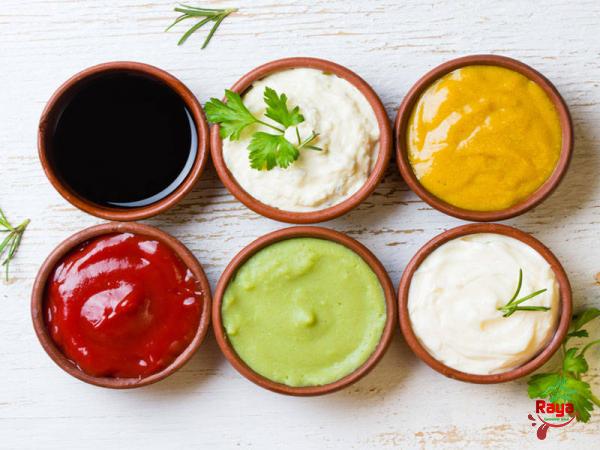 4. Consistency: Consistency is an essential aspect when differentiating between tomato sauce and tomato paste. Tomato sauce has a relatively thin and pourable consistency, similar to that of a traditional pasta sauce. It is easy to incorporate into recipes and can be used to add moisture to dishes. In contrast, tomato paste is thick, dense, and heavy when compared to tomato sauce. Its concentrated nature makes it ideal for adding depth and rich flavor to dishes without compromising the overall texture. 5. Ingredients: While both tomato sauce and tomato paste are derived from tomatoes, their ingredient lists may differ. Tomato sauce often contains additional ingredients such as onions, garlic, spices, salt, and sometimes sugar. These added ingredients contribute to the sauce’s overall taste and make it more versatile for various recipes. Tomato paste, on the other hand, is usually made solely from tomatoes. It does not typically contain added salt or sugar, making it a suitable option for those who prefer to control the seasoning in their dishes. 6. Culinary Uses: The differences in flavor, consistency, and ingredients make tomato sauce and tomato paste suitable for various culinary applications. Tomato sauce is commonly used as a base in pasta dishes, soups, and stews, where its thinner consistency helps to meld flavors together effortlessly. It can also be used as a topping for pizzas or as a dipping sauce for snacks and appetizers. Tomato paste, with its concentrated flavor and thick consistency, is often used to intensify the taste of sauces, stews, and gravies. It also serves as a great base for homemade marinades and can be added to braised dishes for added depth. 7. Substituting Tomato Sauce and Tomato Paste: In situations where one ingredient is not readily available, tomato sauce and tomato paste can be substituted for one another with some adjustments. When substituting tomato paste for tomato sauce, you may need to dilute the paste with water or broth to achieve the desired consistency. On the other hand, substituting tomato sauce for tomato paste may require reducing the sauce down to intensify the flavor or adding additional tomato paste to thicken it up. Conclusion: Understanding the differences between tomato sauce and tomato paste is essential for choosing the right ingredient for your recipe. While tomato sauce offers a more well-rounded taste and thinner consistency, tomato paste provides a robust flavor and thicker texture. Consider the unique properties of each when deciding which one to use or when making substitutions in your culinary creations. These versatile tomato-based ingredients can elevate the flavor of a wide range of dishes, making them staples in many kitchens worldwide.1. The Market for Tomato Sauce and Tomato Paste:
4. Consistency: Consistency is an essential aspect when differentiating between tomato sauce and tomato paste. Tomato sauce has a relatively thin and pourable consistency, similar to that of a traditional pasta sauce. It is easy to incorporate into recipes and can be used to add moisture to dishes. In contrast, tomato paste is thick, dense, and heavy when compared to tomato sauce. Its concentrated nature makes it ideal for adding depth and rich flavor to dishes without compromising the overall texture. 5. Ingredients: While both tomato sauce and tomato paste are derived from tomatoes, their ingredient lists may differ. Tomato sauce often contains additional ingredients such as onions, garlic, spices, salt, and sometimes sugar. These added ingredients contribute to the sauce’s overall taste and make it more versatile for various recipes. Tomato paste, on the other hand, is usually made solely from tomatoes. It does not typically contain added salt or sugar, making it a suitable option for those who prefer to control the seasoning in their dishes. 6. Culinary Uses: The differences in flavor, consistency, and ingredients make tomato sauce and tomato paste suitable for various culinary applications. Tomato sauce is commonly used as a base in pasta dishes, soups, and stews, where its thinner consistency helps to meld flavors together effortlessly. It can also be used as a topping for pizzas or as a dipping sauce for snacks and appetizers. Tomato paste, with its concentrated flavor and thick consistency, is often used to intensify the taste of sauces, stews, and gravies. It also serves as a great base for homemade marinades and can be added to braised dishes for added depth. 7. Substituting Tomato Sauce and Tomato Paste: In situations where one ingredient is not readily available, tomato sauce and tomato paste can be substituted for one another with some adjustments. When substituting tomato paste for tomato sauce, you may need to dilute the paste with water or broth to achieve the desired consistency. On the other hand, substituting tomato sauce for tomato paste may require reducing the sauce down to intensify the flavor or adding additional tomato paste to thicken it up. Conclusion: Understanding the differences between tomato sauce and tomato paste is essential for choosing the right ingredient for your recipe. While tomato sauce offers a more well-rounded taste and thinner consistency, tomato paste provides a robust flavor and thicker texture. Consider the unique properties of each when deciding which one to use or when making substitutions in your culinary creations. These versatile tomato-based ingredients can elevate the flavor of a wide range of dishes, making them staples in many kitchens worldwide.1. The Market for Tomato Sauce and Tomato Paste:
Specifications of tomato paste
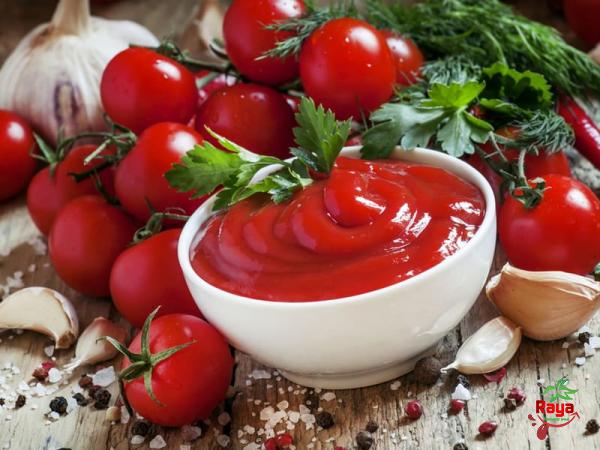 The market for tomato sauce and tomato paste has seen significant growth in recent years, driven by the increasing popularity of Mediterranean, Italian, and Mexican cuisines globally. Tomatoes are a key ingredient in these culinary traditions, and with the rising interest in international flavors, the demand for tomato-based products has soared. According to industry reports, the global tomato sauce and paste market reached a value of $17.3 billion in 2020 and is projected to continue growing at a CAGR of 4.5% from 2021 to 2026. 2. Key Players in the Industry: Several key players dominate the tomato sauce and paste market. They include prominent food manufacturers such as The Kraft Heinz Company, Conagra Brands Inc., The J.M. Smucker Company, and Barilla Group. These companies have established a strong presence in both domestic and international markets, offering a wide range of tomato-based products to cater to different consumer preferences. In addition to these major players, smaller, regional brands also contribute to the market, often focusing on niche markets and promoting their unique flavors and ingredients. 3. Rising Health Consciousness and Clean Label Trends: As consumers become more health-conscious, there is a growing demand for products with clean labels – those that are free from artificial additives, preservatives, and excessive salt and sugar content. This trend has influenced the development of tomato-based products, including sauce and paste. Many brands now offer organic and natural options, ensuring that their products are made with high-quality, minimally processed ingredients. This shift is driven by consumer preferences for healthier, more wholesome food choices. 4. Innovations in Packaging and Convenience: Advancements in packaging technologies have also had a significant impact on the tomato sauce and paste market. Brands are continuously investing in packaging solutions that help extend the shelf life of their products, maintain freshness, and provide convenience to consumers. Packaging formats such as squeezable bottles, resealable pouches, and portion-sized containers have gained popularity due to their ease of use, reduced waste, and portability. These innovations cater to the busy lifestyles of consumers and offer convenience solutions for on-the-go consumption. 5. International Trade and Global Competitiveness: Tomato sauce and tomato paste production are not limited to individual countries or regions. Instead, these products have a strong global presence, with trade playing a crucial role in the market. Countries like Italy, the United States, China, and Spain are major exporters of tomato sauce and paste, supplying to both domestic and foreign markets. The increasing globalization of the food industry has created opportunities for international trade, fostering competition, and providing consumers with a wider range of options. 6. Sustainability and Responsible Sourcing: Sustainability and responsible sourcing practices have become critical considerations for consumers when choosing food products. Brands that prioritize sustainable agriculture practices, such as responsible water usage and reduced pesticide use, resonate better with conscious consumers. Additionally, some manufacturers have started initiatives aimed at reducing food waste by utilizing imperfect or surplus tomatoes for sauce and paste production. These sustainability efforts not only contribute to environmental preservation but also help build consumer trust and loyalty.
The market for tomato sauce and tomato paste has seen significant growth in recent years, driven by the increasing popularity of Mediterranean, Italian, and Mexican cuisines globally. Tomatoes are a key ingredient in these culinary traditions, and with the rising interest in international flavors, the demand for tomato-based products has soared. According to industry reports, the global tomato sauce and paste market reached a value of $17.3 billion in 2020 and is projected to continue growing at a CAGR of 4.5% from 2021 to 2026. 2. Key Players in the Industry: Several key players dominate the tomato sauce and paste market. They include prominent food manufacturers such as The Kraft Heinz Company, Conagra Brands Inc., The J.M. Smucker Company, and Barilla Group. These companies have established a strong presence in both domestic and international markets, offering a wide range of tomato-based products to cater to different consumer preferences. In addition to these major players, smaller, regional brands also contribute to the market, often focusing on niche markets and promoting their unique flavors and ingredients. 3. Rising Health Consciousness and Clean Label Trends: As consumers become more health-conscious, there is a growing demand for products with clean labels – those that are free from artificial additives, preservatives, and excessive salt and sugar content. This trend has influenced the development of tomato-based products, including sauce and paste. Many brands now offer organic and natural options, ensuring that their products are made with high-quality, minimally processed ingredients. This shift is driven by consumer preferences for healthier, more wholesome food choices. 4. Innovations in Packaging and Convenience: Advancements in packaging technologies have also had a significant impact on the tomato sauce and paste market. Brands are continuously investing in packaging solutions that help extend the shelf life of their products, maintain freshness, and provide convenience to consumers. Packaging formats such as squeezable bottles, resealable pouches, and portion-sized containers have gained popularity due to their ease of use, reduced waste, and portability. These innovations cater to the busy lifestyles of consumers and offer convenience solutions for on-the-go consumption. 5. International Trade and Global Competitiveness: Tomato sauce and tomato paste production are not limited to individual countries or regions. Instead, these products have a strong global presence, with trade playing a crucial role in the market. Countries like Italy, the United States, China, and Spain are major exporters of tomato sauce and paste, supplying to both domestic and foreign markets. The increasing globalization of the food industry has created opportunities for international trade, fostering competition, and providing consumers with a wider range of options. 6. Sustainability and Responsible Sourcing: Sustainability and responsible sourcing practices have become critical considerations for consumers when choosing food products. Brands that prioritize sustainable agriculture practices, such as responsible water usage and reduced pesticide use, resonate better with conscious consumers. Additionally, some manufacturers have started initiatives aimed at reducing food waste by utilizing imperfect or surplus tomatoes for sauce and paste production. These sustainability efforts not only contribute to environmental preservation but also help build consumer trust and loyalty.
buy tomato paste
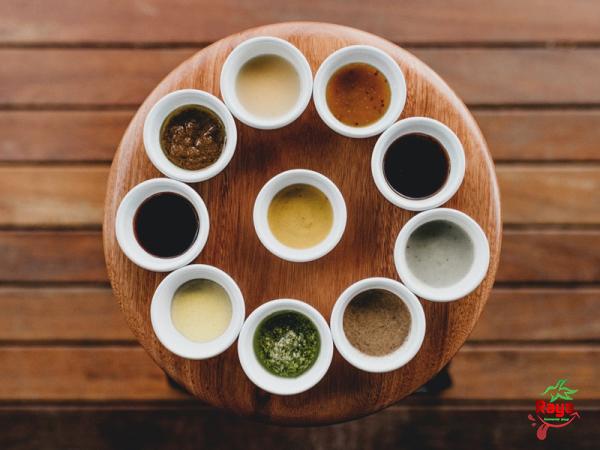 7. Private Label and Customization: Private label brands have gained popularity in the tomato sauce and paste market. Retailers have recognized the opportunity to offer their own branded products, often at a lower price point compared to national brands. Private label brands can provide customization options, allowing retailers to cater to specific consumer tastes or dietary preferences. This flexibility, combined with lower costs, has made private label products a formidable competitor in the market, leading to increased competition and product diversification. 8. Health Benefits and Nutritional Profiles: Tomatoes, the main ingredient in both tomato sauce and paste, offer various health benefits. They are rich in antioxidants, vitamins (such as vitamin C and vitamin K), and minerals such as potassium. Tomato-based products are often associated with supporting heart health, improving digestion, and boosting the immune system. Manufacturers often highlight the nutritional profiles of their tomato sauce and paste to differentiate their products and appeal to health-conscious consumers. 9. Culinary Trends and Flavor Innovations: The tomato sauce and paste market constantly evolves to meet changing culinary trends and consumer preferences. Manufacturers are introducing new flavors, such as spicy or smoky variations, to cater to diverse taste profiles. Blends with additional ingredients such as roasted garlic, herbs, or chili peppers are also gaining popularity, providing consumers with more exciting and unique flavors to experiment with in their cooking. These flavor innovations keep the market dynamic, capturing the interest of adventurous food enthusiasts. 10. The Impact of COVID-19: The COVID-19 pandemic has had a profound impact on the food industry, including the tomato sauce and paste market. With the closure of restaurants and an increase in home cooking, there has been a surge in demand for shelf-stable, pantry essentials, including tomato-based products. Consumers stocked up on canned tomato sauce and paste, seeking versatile ingredients they could rely on during uncertain times. Additionally, the trend of cooking and experimenting with new recipes at home has led to increased consumption of tomato-based products. Conclusion: Tomato sauce and tomato paste are versatile ingredients that play a significant role in culinary traditions around the world. Understanding the differences between these two products, as well as the evolving market trends, can help consumers make informed choices when selecting the right option for their cooking needs. As consumer preferences continue to change, manufacturers are innovating in terms of flavors, packaging, health benefits, and sustainability practices. With the tomato sauce and paste market projected to grow in the coming years, it is an exciting time for industry players to meet the demands of discerning consumers and embrace the opportunities presented by evolving culinary trends.
7. Private Label and Customization: Private label brands have gained popularity in the tomato sauce and paste market. Retailers have recognized the opportunity to offer their own branded products, often at a lower price point compared to national brands. Private label brands can provide customization options, allowing retailers to cater to specific consumer tastes or dietary preferences. This flexibility, combined with lower costs, has made private label products a formidable competitor in the market, leading to increased competition and product diversification. 8. Health Benefits and Nutritional Profiles: Tomatoes, the main ingredient in both tomato sauce and paste, offer various health benefits. They are rich in antioxidants, vitamins (such as vitamin C and vitamin K), and minerals such as potassium. Tomato-based products are often associated with supporting heart health, improving digestion, and boosting the immune system. Manufacturers often highlight the nutritional profiles of their tomato sauce and paste to differentiate their products and appeal to health-conscious consumers. 9. Culinary Trends and Flavor Innovations: The tomato sauce and paste market constantly evolves to meet changing culinary trends and consumer preferences. Manufacturers are introducing new flavors, such as spicy or smoky variations, to cater to diverse taste profiles. Blends with additional ingredients such as roasted garlic, herbs, or chili peppers are also gaining popularity, providing consumers with more exciting and unique flavors to experiment with in their cooking. These flavor innovations keep the market dynamic, capturing the interest of adventurous food enthusiasts. 10. The Impact of COVID-19: The COVID-19 pandemic has had a profound impact on the food industry, including the tomato sauce and paste market. With the closure of restaurants and an increase in home cooking, there has been a surge in demand for shelf-stable, pantry essentials, including tomato-based products. Consumers stocked up on canned tomato sauce and paste, seeking versatile ingredients they could rely on during uncertain times. Additionally, the trend of cooking and experimenting with new recipes at home has led to increased consumption of tomato-based products. Conclusion: Tomato sauce and tomato paste are versatile ingredients that play a significant role in culinary traditions around the world. Understanding the differences between these two products, as well as the evolving market trends, can help consumers make informed choices when selecting the right option for their cooking needs. As consumer preferences continue to change, manufacturers are innovating in terms of flavors, packaging, health benefits, and sustainability practices. With the tomato sauce and paste market projected to grow in the coming years, it is an exciting time for industry players to meet the demands of discerning consumers and embrace the opportunities presented by evolving culinary trends.

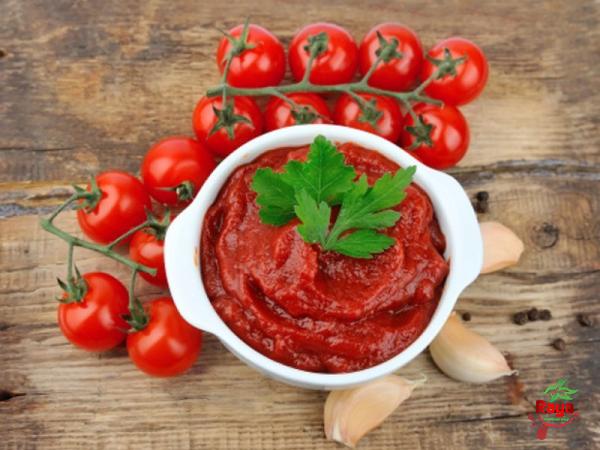
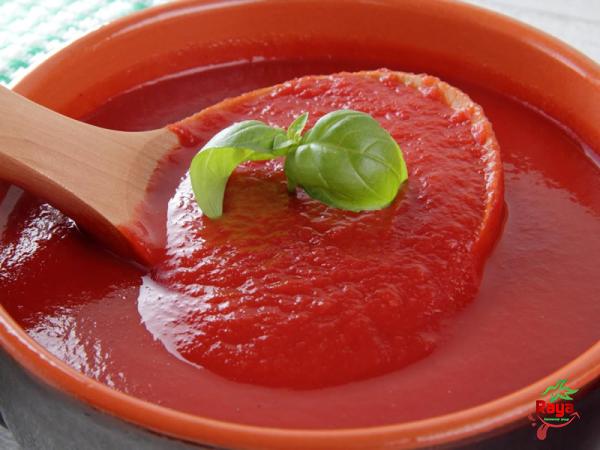
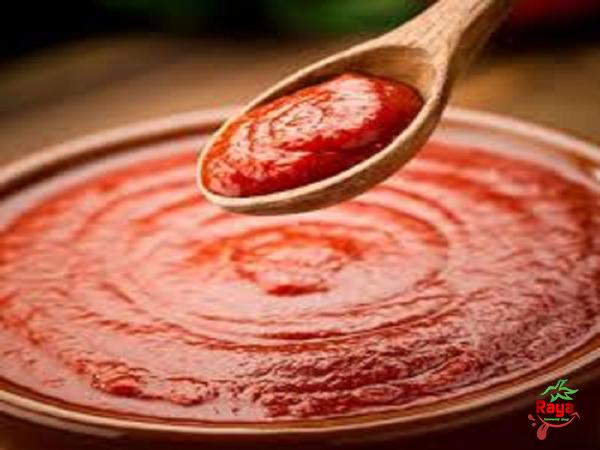

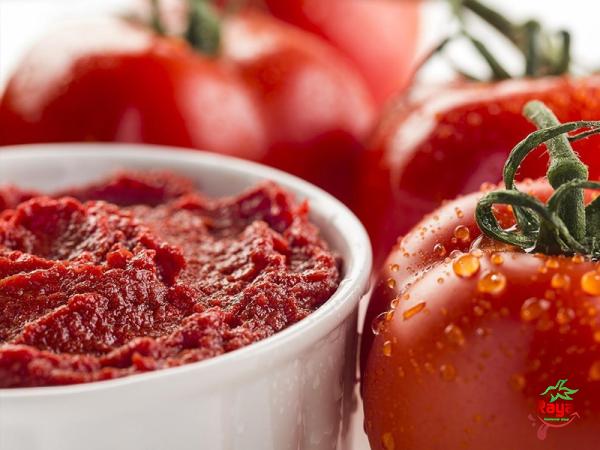
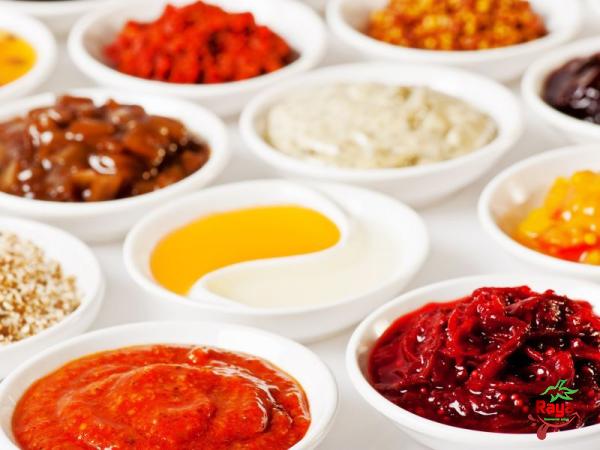

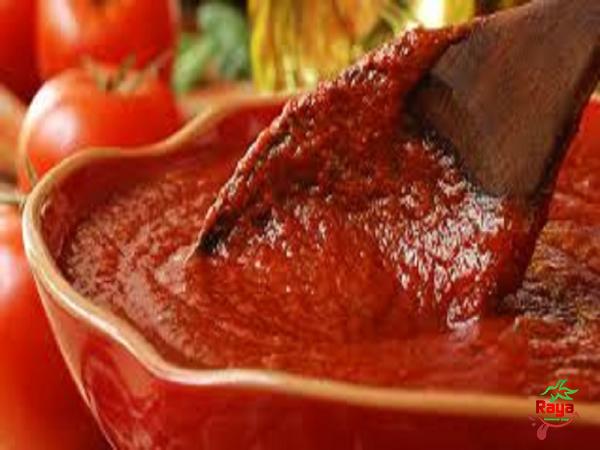
Your comment submitted.